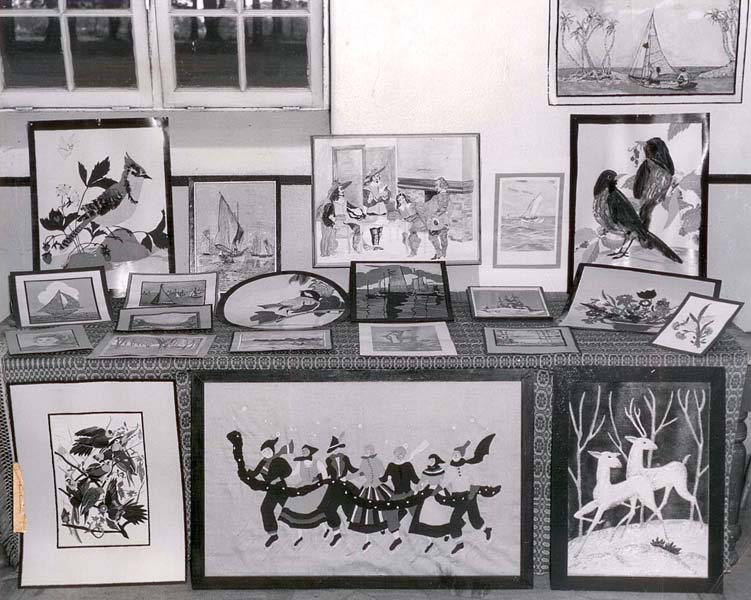Patient Art
"These images are the externalized expression of their mental conflicts, insight, confusion, and pain; and, as with most art, they represent an accidental but nonetheless profound gift to humanity." - John M. MacGregor, The Discovery of the Art of the Insane, 1989
At the London Asylum for the Insane, patients created works of art as a form of personal expression as well as for their own amusement. In this section you will find a few examples of some of the paintings, drawings, and embroidery that was created. Art has been recognized as a form of communication, and is therefore another approach to understanding patient perspectives.
Beginning in the 19th century, the concept of what constituted "art" started to change in Europe. Artists began to notice the work being created by various minority groups. This included the art of primitive societies, folk art, and what was referred to as "the art of the insane." According to John M. MacGregor, "images produced in hospitals began to gain recognition as powerful visual statements capable of holding their own in the world of art." However, analysis of their work was not pursued by the artists who had demonstrated an interest in their work, but by the physicians who provided care for the mentally ill. Unfortunately, no records have been found at the LAI that document analysis of patient artwork.
It was not until before the Second World War that the idea of art as a healing mechanism immerged. Both artists and physicians became interested in this concept, which led to the development of art therapy in mental hospitals.
As you take a look at a sample of the patients' artwork we encourage you to make your own analysis and to consider what these works of art reveal about the patients who created them.
